Laptop Chơi Võ Lâm Truyền Kỳ Lenovo Thinkpad T530
Bán Lenovo Thinkpad T530 tại Gò Vấp chơi võ lâm 1 - Thinkpad T530 I5-3320, Ram 4GB, SSD 120GB, VGA Intel HD Graphics 4000, 1366x768. Lenovo T530 giá 6.5 triệu. BH 3 tháng.
- Giá bán:6,500,000 vnđ
Lenovo Thinkpad T530 chơi võ lâm truyền kỳ 1
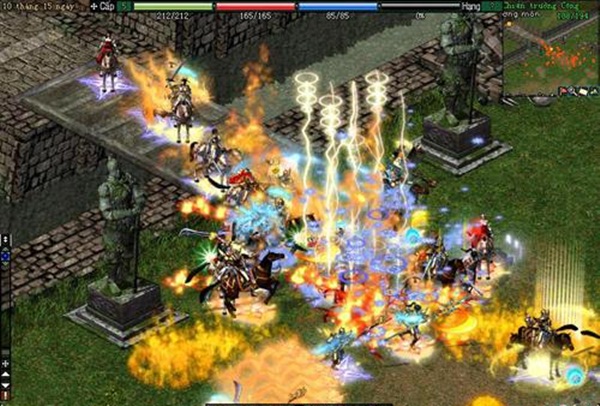
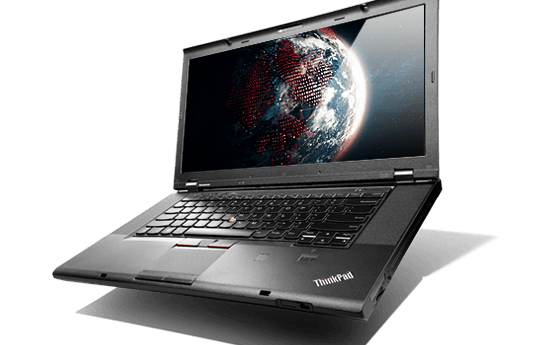
Cấu hình Thinkpad T530 tại banlaptopxachtay.com
CPU: Intel Core I5-3320M, 4 CPU, 4x2.6Ghz
Ram: DDR3 4GB bus 1600 MHz (Max ram được 16GB)
HDD: chạy SSD 120G Kingston V300 - chạy cực nhanh
VGA: Intel HD Graphics 4000
Màn hình: 15.4 inch - độ phân giải 1366x768
Tình trạng: các chức năng hoạt động tốt, ngoại hình đẹp.
Giá bán Lenovo Thinkpad T530: 6.500.000 VND - Bảo hành 3 tháng
Chơi võ lâm truyền kỳ ngon, nhiều acc, mạng nhanh.
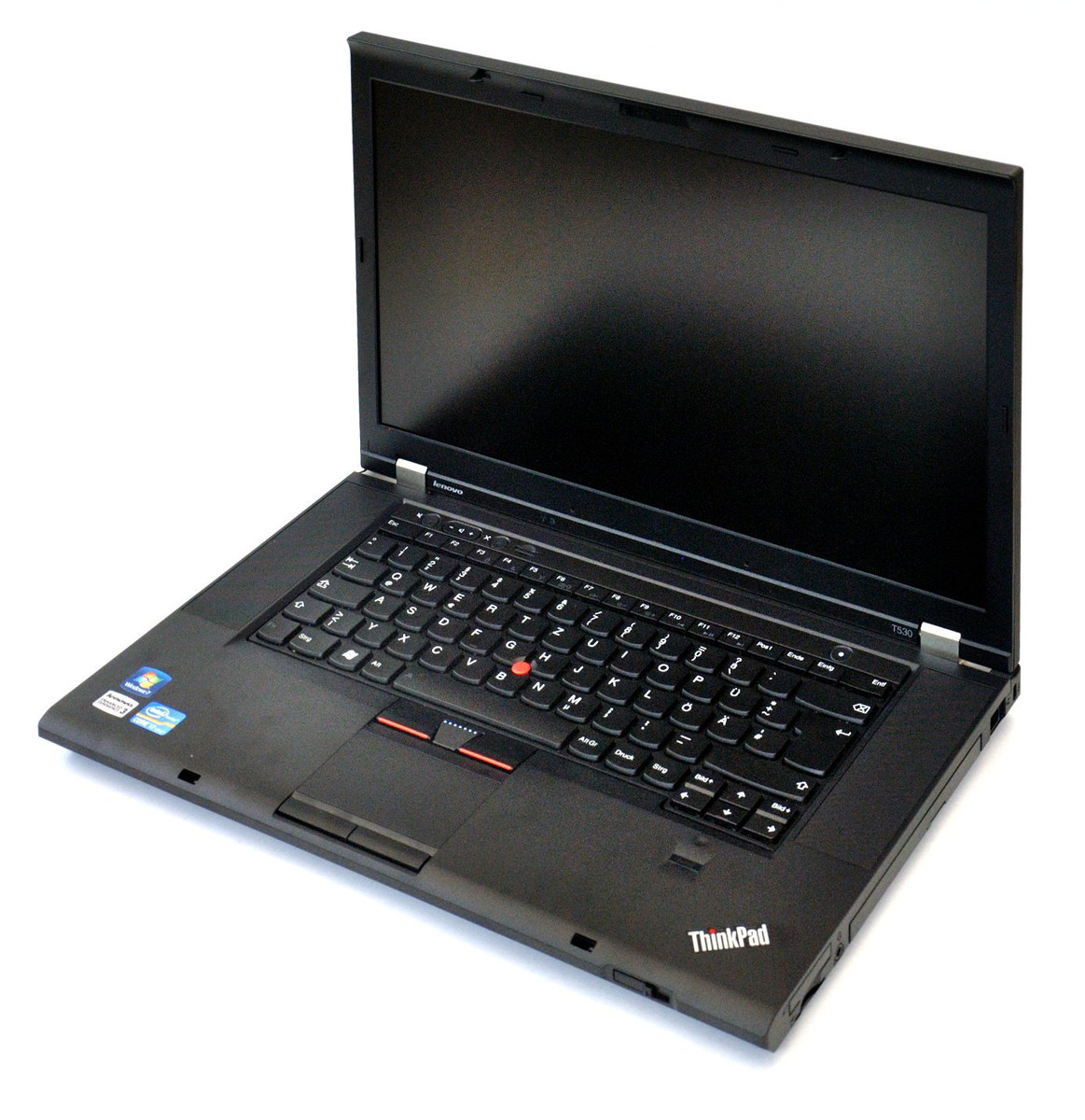

--------------------------------
Case
Connectivity
The ThinkPad T530 shows a few slight changes in connectivity. As with the T520, the front is free of ports. The power port and a single powered USB 2.0 port are located on the rear. The ThinkPad T530 now lacks a modem port.
The right side is identical to the previous ThinkPad T520. The ExpressCard34 slot and 4-in-1 card reader for SD, SDHC, SDXC, and MMC formats are still found toward the front. A combination audio jack follows. The Gigabit LAN port is located at the rear end of the right side. An ultra-bay slot for an optical drive or second battery takes up the most space and is found between the LAN port and the audio jack. A DVD writer comes standard in the ultra-bay and those who want an additional battery or Blu-ray drive will need to buy these separately.
On the left side, a number of changes have been made and everything has been updated. The eSATA/USB combination port has been replaced by a standard USB 2.0 port. In addition, the two USB ports carried over from the T520 now support theUSB 3.0 specification. The DisplayPort connector has been reduced to a mini DisplayPort, a change that is illogical in light of the available space for connectors. The VGA connector and its securing screw holes as well as the four-pin FireWire 400 port remain unmoved from their previous positions.
For right-handed users, only the audio cable could potentially get in the way of anexternal mouse as almost all remaining cables are connected on the left side. As a result, left-handed users may find the Dell Latitude E6530 more comfortable as that notebook has few ports on front left side. A corresponding docking station may prove helpful when multiple ports are used extensively.
Communication
While the modem connector on the rear has been removed, it remains easy to connect to the Internet and other devices easily using the included wireless technologies. An optional Ericsson H5321gw HSPA+ (Evolved High-Speed Packet Access) card is available for an additional 80 Euro ($99 USD). The Intel 82579LM Gigabit Ethernet controller allows the ThinkPad T530 to connect to a wired LAN.Bluetooth 4.0 is also available.
For the Wi-Fi card, the buyer can select one of three options. The standard option is Lenovo’s ThinkPad b/g/n adapter that supports the IEEE 802.11b/g/n protocols. The second option costs 15 Euro ($19 USD) and equips the ThinkPad T530 with theIntel Centrino Advanced-N 6205 and two antennae. The third option is the Intel Centrino Ultimate-N 6300 which has three antennae and adds a 40 Euro ($49 USD) premium.
Security
The ThinkPad T530 includes typical security features. A BIOS password, Trusted Platform Module (TPM), and fingerprint reader protect against data theft and are standard features for most business notebooks.
Input Devices
Display
For the ThinkPad T530 family, one can choose between three 15.6-inch matte screens. The cheapest screen uses an HD WXGA resolution of 1366x768. The two more expensive screens offer higher 1600x900 HD+ and 1920x1080 Full HD resolutions. The latter has a higher brightness and larger reproducible color spectrum. A review of this brighter Full HD display will be included in the upcomingThinkPad W530 review.
Our test sample uses the AU Optronics B156RW01 1600x900 HD+ screen. In the specification sheets, Lenovo specifies that this display has a screen brightness of220 cd/m2. We measured an average brightness of 219.9 cd/m2, virtually identical to the advertised specification. The maximum measured brightness of 230 cd/m2was found on the right. The darkest measured spot of 207 cd/m2 was found in the upper right corner. An overall illumination of 90 percent was measured and is far above average. Full brightness is available on battery power.
|
|||||||||||||||||||||||||
Brightness Distribution: 90 %
Center on Battery: 222 cd/m²
Contrast: 673:1 (Black: 0.33 cd/m²)
We measured a very low black value of 0.33 cd/m2, better than those of most competitors. Combined with the good measured brightness, we determined acontrast ratio of 673:1. This not only reproduces saturated, vivid pictures and movies but also increases the legibility of text. The previous ThinkPad T520‘s screen had a similar contrast but the illumination was much worse and the screen itself was overall darker.
Performance
The ThinkPad T530 can be configured in innumerable ways via the online Lenovo store. Merely the choice of processors is already enormous. The weakest option is the second generation Sandy Bridge Core i3-2370M. An equally clocked third generation Ivy Bridge Core i3-3110M is also an option. Three Ivy Bridge Core i5 CPUs are also options – the i5-3210M, i5-3320M, and i5-3360M. Lastly, three Ivy Bridge Core i7 CPUs are also available – the i7-3520M, i7-3610QM, and i7-3720QM. If none of these processors are sufficient for the task at hand, the ThinkPad W series allows one to choose Intel’s flagship mobile processor, the Core i7-3920XM Extreme Edition.
Depending on the choice of CPU, the ThinkPad T530 will have either the Intel HD Graphics 3000 GPU for the Sandy Bridge CPU or the Intel HD Graphics 4000 for Ivy Bridge processors. For those seeking the power of a dedicated graphics card, it is possible to include the Nvidia NVS 5400M. The NVS 5400M features 1 GB of dedicated VRAM and takes over for the HD Graphics GPU in real-time thanks toNvidia Optimus technology.
Another configurable option is memory, which allows the buyer to select 4, 6, or 8 GB of RAM. Upgrading the memory pool to 16 GB is easily achievable by the buyer. In terms of storage devices, the buyer can choose hard drives in both 5400 and 7200 RPM (rotations per minute) speeds and with capacities of up to 500 GB. Faster solid state drives (SSDs) are available in 128, 180, and 256 GB capacities.
Processor
Our test sample features the third generation Ivy Bridge dual-core Core i7-3520Mprocessor, built using the 22 nm fabrication process. This processor has a base clock speed of 2.9 GHz but can reach single core Turbo Boost speeds of up to 3.6 GHz.
To test the CPU’s performance, we used the Cinebench R11.5 64-bit Multi-CPUtest and rendered a 3D scene. Our ThinkPad T530 reached 3.36 points as the Core i7-3520M bridges the gap between the weaker dual-core Core i7-2640M’s 3.15 points and the much stronger quad-core Core i7-2630QM‘s 4.40 points.
System Performance
We assessed the notebook’s overall performance using PCMark 7. This suite of tests runs multiple applications and determines a score based on the average performance achieved in each test. Due to the strong dual-core CPU and dedicated graphics card, our test sample managed quite a bit of performance and placed itself in the upper midfield. The lack of an SSD prevented the system from reaching a higher tier of performance.
Storage Devices
Our test sample uses a 7200 RPM Hitachi Z7K500 500 GB hard drive which only has one platter. Due to its 7200 RPM speed, this class of drive typically requires more power and is louder but also provides a higher data throughput. Although the ThinkPad T530 has room for a larger hard disk, Lenovo chose to install a 2.5-inch drive with a build height of only 7 mm (0.28 in).
In our tests, the hard drive achieved almost 120 MB/s in sequential reads and 115 MB/s in sequential writes, demonstrating the disk’s good read and write speeds. These results place the drive in the neighborhood of low-priced SSDs for larger file access. Naturally, a physical disk cannot achieve the very short access times of any flash-based SSD, regardless of the price.
Graphics Card
For graphics, our ThinkPad T530 features two GPUs. The weaker, processor-integrated Intel HD Graphics 4000 is more than sufficient for less demanding tasks and can handle HD video playback. Due to its energy-efficiency, the HD Graphics 4000 allows the system to run on battery power for longer than a dedicated graphics card would. When graphical demand increases, the ThinkPad T530 can automatically switch to the dedicated Nvidia NVS 5400M using Nvidia Optimus. As a business graphics solution based on the GeForce GT 630M chip, business applications such as CAD/CAM (computer-aided design, computer-aided manufacturing) run particularly stably due to special drivers.
In 3DMark11, we found that the NVS 5400M is approximately comparable to theAMD Radeon HD 6650M and a bit weaker than the Nvidia GeForce GT 630M. The latter outperforms our NVS 5400M despite being based on the same chip as the drivers for the GT 630M are optimized for gaming instead of business.
| 3DMark 03 Standard |
|
22955 points |
| 3DMark 05 Standard |
|
18251 points |
| 3DMark 06 Standard |
|
9215 points |
| 3DMark Vantage P Result |
|
5190 points |
| 3DMark 11 Performance |
|
1258 points |
Nonetheless, the ThinkPad T530’s suitability for CAD applications remains limited. Those seeking serious construction or design tasks should consider the ThinkPadW Series.
|
Lenovo ThinkPad T530 2429-5XG NVS 5400M, 3520M, Hitachi Travelstar Z7K500 HTS725050A7E630 |
Lenovo Thinkpad T520 4240-4CG NVS 4200M, 2410M, Hitachi Travelstar 7K500 HTS725050A9A |
Lenovo ThinkPad W520 Quadro 2000M, 2820QM, Seagate Momentus 7200.4 ST9500420AS |
|
|---|---|---|---|
| SPECviewperf 11 |
-16%
|
640%
|
|
| 1920x1080 Siemens NX |
2.32
|
3.29
42%
|
19.28
731%
|
| 1920x1080 Tcvis |
0.91
|
0.97
7%
|
22.13
2332%
|
| 1920x1080 SolidWorks |
8.53
|
6.68
-22%
|
32.8
285%
|
| 1920x1080 Pro/ENGINEER |
1.2
|
1.02
-15%
|
9.45
688%
|
| 1920x1080 Maya |
9.99
|
6.27
-37%
|
45.28
353%
|
| 1920x1080 Lightwave |
14.77
|
8.97
-39%
|
40.8
176%
|
| 1920x1080 Ensight |
11.28
|
6.36
-44%
|
17.84
58%
|
| 1920x1080 Catia |
4.54
|
3.71
-18%
|
27.08
496%
|
Gaming Performance
The ThinkPad T530 is not designed for gaming. We were able to play all current games in low or occasionally medium settings, but the low graphics quality ruined the experience. As the GPU is not optimized for computer games, the NVS 5400M has a slightly lower ranking than the GeForce GT 630M that is based on the same chip.
| low | med. | high | ultra | ||
| F1 2011 (2011) | 79 | 46 | 44 | 16 | fps |
| Batman: Arkham City (2011) | 45 | 40 | 21 | fps | |
| Battlefield 3 (2011) | 40 | 27 | 21 | 8 | fps |
| CoD: Modern Warfare 3 (2011) | 157 | 80 | 43 | 25 | fps |
| The Elder Scrolls V: Skyrim (2011) | 53 | 36 | 28 | 14 | fps |
| Anno 2070 (2011) | 96 | 37 | 24 | 12 | fps |
| Mass Effect 3 (2012) | 60 | 41 | 25 | fps | |
| Risen 2: Dark Waters (2012) | 36 | 24 | 19 | 9 | fps |
| Diablo III (2012) | 103 | 67 | 58 | 35 | fps |
| Dirt Showdown (2012) | 83 | 60 | 35 | 12 | fps |
| Max Payne 3 (2012) | 40 | 37 | 13 | fps |
Emissions
System Noise
Similar to the previous ThinkPad T520, the ThinkPad T530 remains pleasantly quiet.While idle, the system emitted a barely audible 31.4 dB(A). During office use, the hard disk, which is a bit louder than the fan, was occasionally heard with a noise level of 32.6 dB(A). In this scenario, the T530 is more or less unobtrusive. The DVD drive was a bit louder, but still very quiet with a noise level of 33.9 dB(A). During load, the fan speed increased and the ThinkPad became clearly audible at 37 dB(A)but we felt this level was not disturbing due the fan’s consistent speed.
Noise Level
| Idle |
|
31.4 / 31.4 / 31.4 dB(A)
|
|||
| HDD |
|
32.6 dB(A) | |||
| DVD |
|
33.9 / dB(A) | |||
| Load |
|
34.7 / 37 dB(A) | |||
 |
|||||
|
30 dB
silent
40 dB(A)
audible
50 dB(A)
loud |
|||||
|
min:
|
|||||
Temperature
In terms of temperatures, the ThinkPad T530 did not score as well. While idle, the underside of the T530 reached nearly 40oC (104oF). This is very close to the feasible limit for lap-top use. The top of the notebook stayed within an acceptable range with a maximum temperature of 35oC (95oF). During the extreme load of our simultaneous CPU/GPU stress test, the ThinkPad heated up particularly in the vent area on the left side and both the top and bottom of the unit reached a high 53oC (127oF). The left wrist rest did not remain particularly cool with a measured temperature of 39oC (102oF). The previous ThinkPad T520 did much better in terms of heat management and did not even reach 40°C (104oF) during load.
Battery Life
Power Consumption
We observed highly variable power consumption depending on application. Whileidle in energy saving mode with the Wi-Fi module disabled and the screen dimmed to minimum brightness, the ThinkPad T530 consumed 9.5 Watts. This result is 2 Watts higher than its preceding T520. With Wi-Fi enabled and maximum screen brightness, the ThinkPad T530 consumed 14.1 Watts while idle in high-performance mode. This is exactly 2 Watts less than the previous T520.
However, during load the ThinkPad T530 once again consumed more power than its predecessor. The T530 consumed approximately 5 Watts more during the stress test due to the T520’s weaker components – Core i5-2410M versus Core i7-3520M and NVS 4200M versus NVS 5400M. The measured maximum consumption of 82 Watts is acceptable for a workstation. The included 90 Watt power supply should be capable of handling this consumption, but we observed battery drain during our CPU / GPU load test.
| Off / Standby |
|
| Idle |
|
| Load |
|
|
|
|
|
Key: min: |
|
| Idle (without WLAN, min brightness) |
|
10h 48min |
| WiFi Surfing |
|
8h 06min |
| DVD |
|
5h 35min |
| Load (maximum brightness) |
|
2h 17min |
Verdict
Liên hệ mua hàng và tư vấn:
Hotline: 0907 924 921 - 0972 699 698 - A. Long 31T
Add: 116/28 Dương Quảng Hàm, F5, Gò Vấp, HCM
(gần chợ Gò Vấp Tphcm)
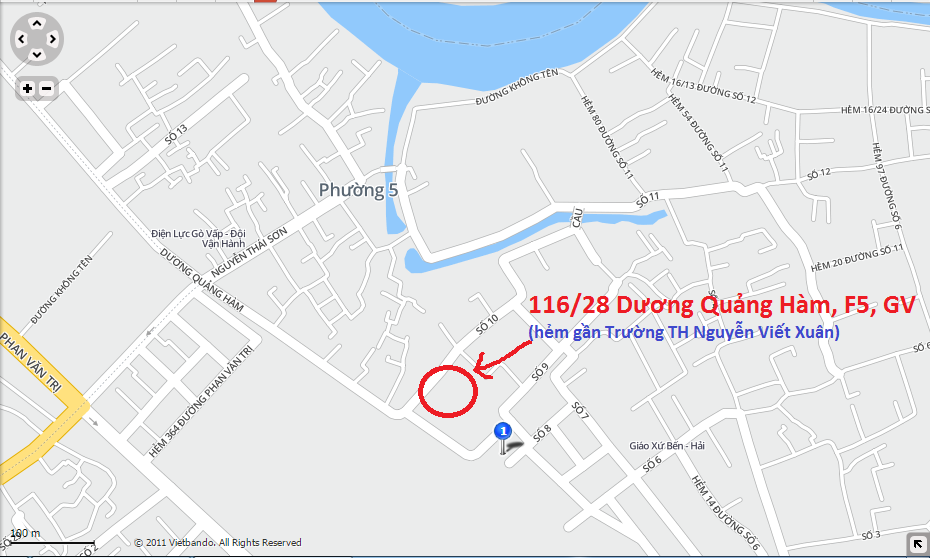
Đường đi bên 116/28 Dương Quảng Hàm (Gò Vấp)
Sản phẩm liên quan
-
Laptop Chơi Võ Lâm Truyền Kỳ HP Elitebook 8470p
5,500,000 vnđ
-
Laptop Chơi Võ Lâm Truyền Kỳ HP Elitebook 8460p I5-2520M
4,800,000 vnđ
-
Laptop Chơi Võ Lâm Truyền Kỳ Dell E6430 I7-3520M
6,500,000 vnđ
-
Laptop Chơi Võ Lâm Truyền Kỳ Dell E6420 I7-2620M
5,900,000 vnđ
-
Laptop Chơi Võ Lâm Truyền Kỳ General Dynamics GD8000
1,300,000 vnđ
-
Laptop Chơi Võ Lâm Truyền Kỳ Dell E6420 I5-2520M
4,800,000 vnđ
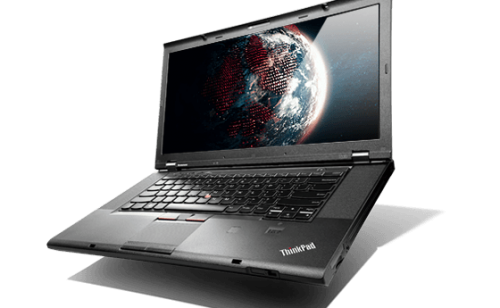
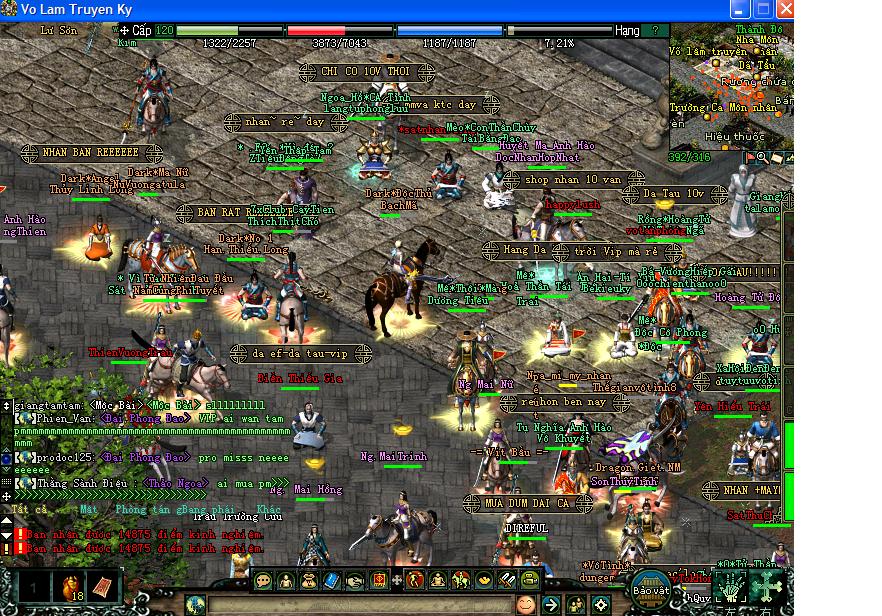

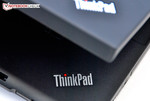




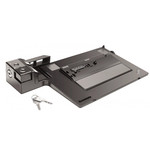
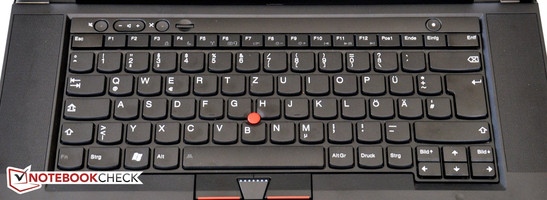
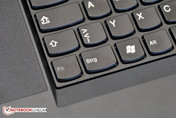
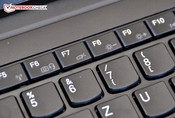
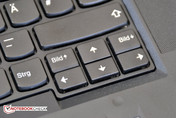
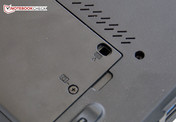
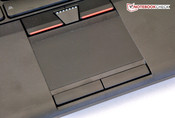
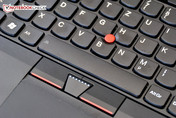
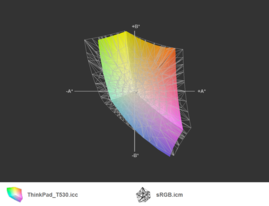
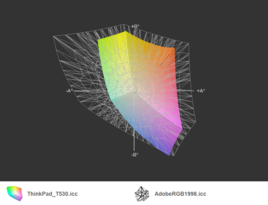
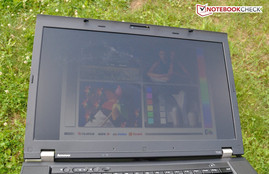
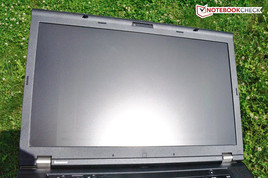
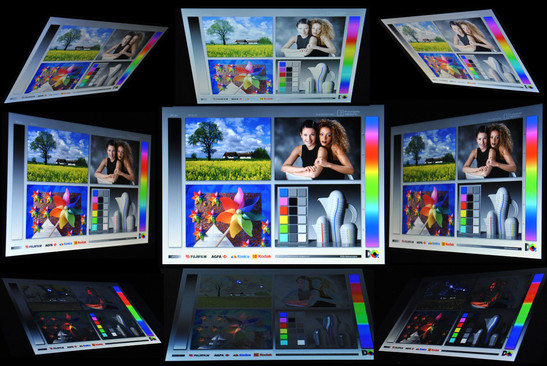






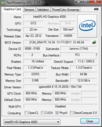
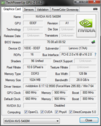



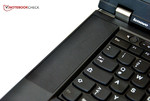

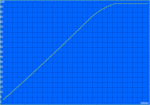
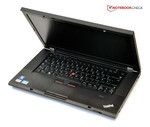








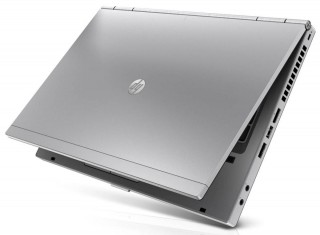
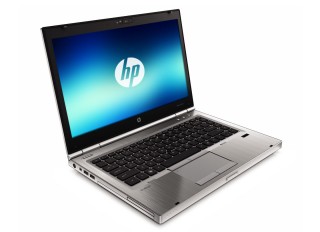
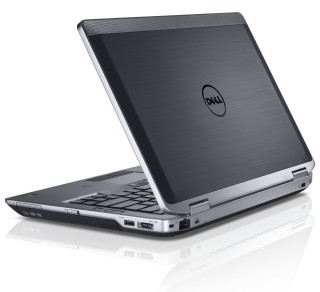



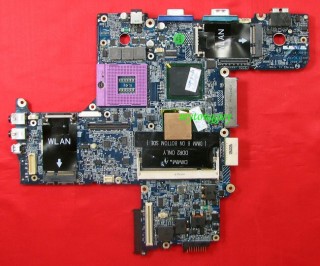
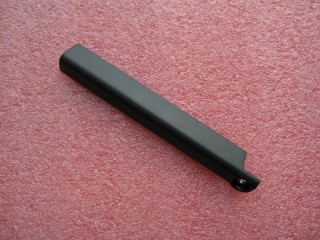
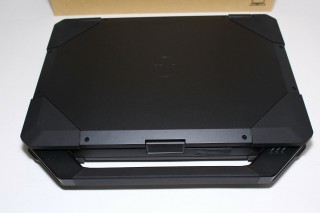
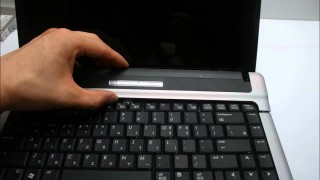
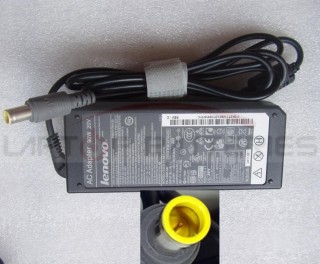
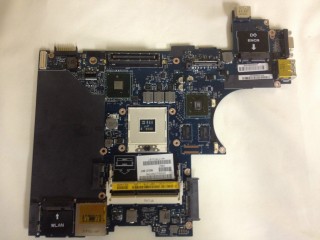

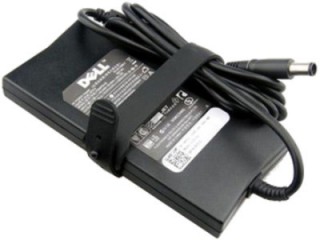
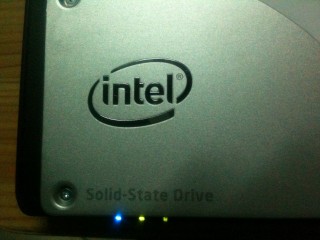
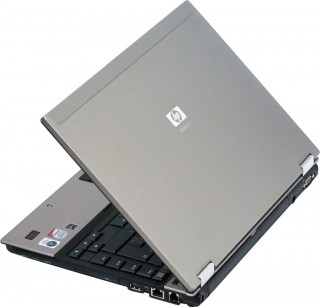
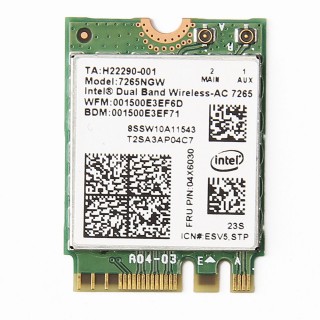
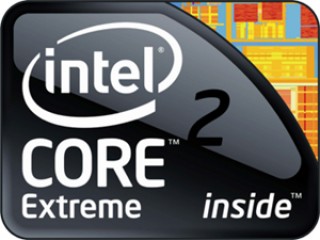

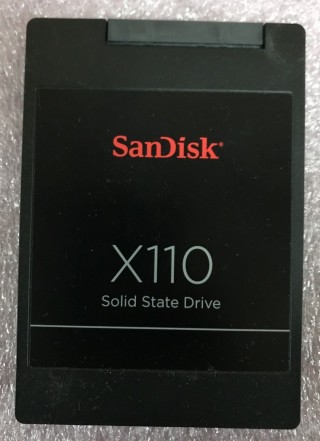

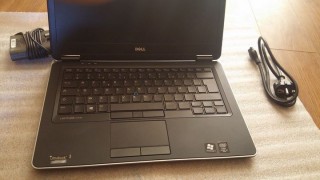
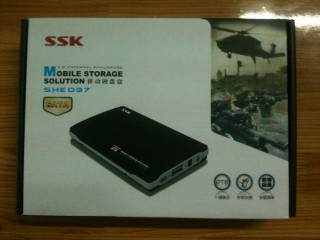
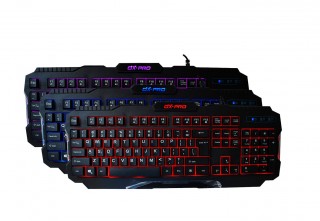
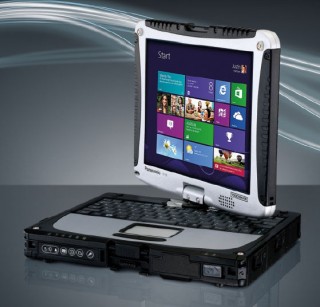
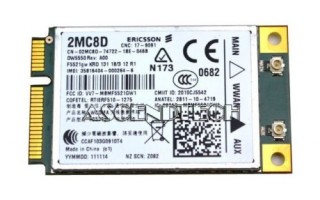
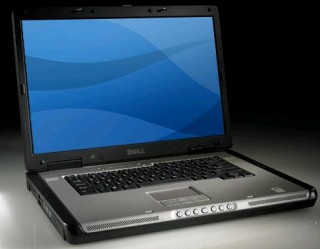
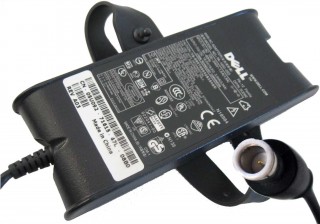
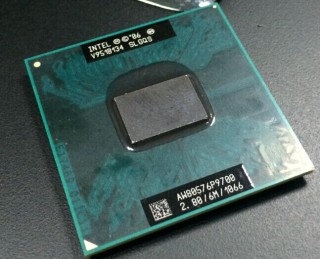

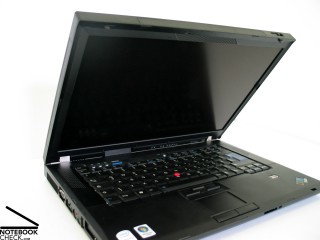
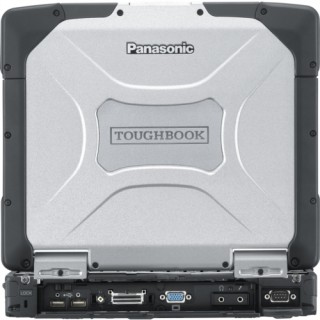
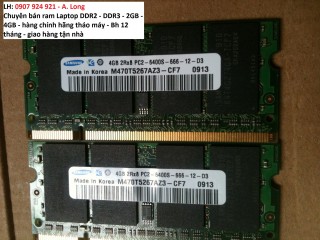
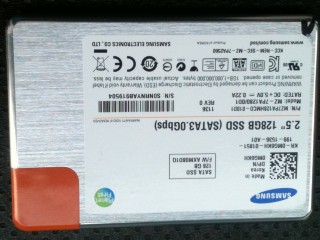
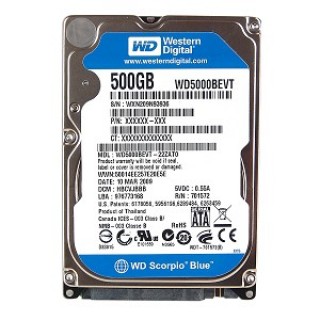
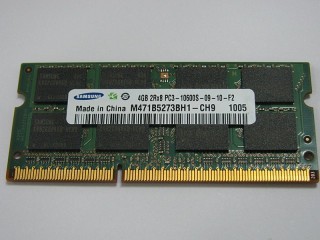
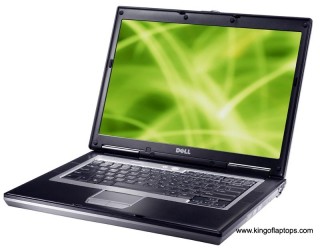
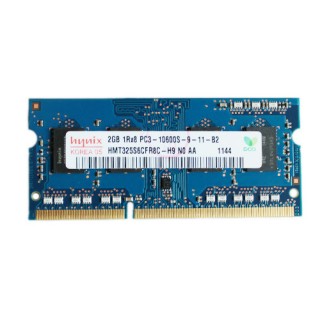
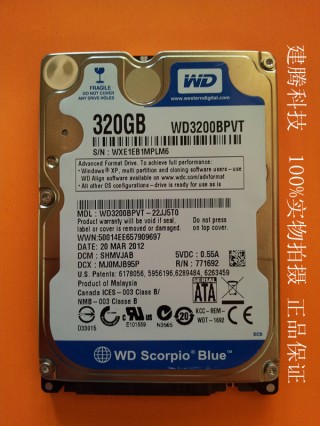
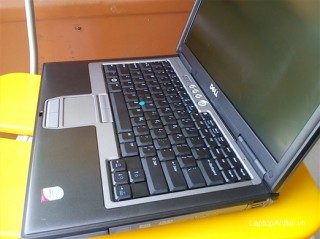

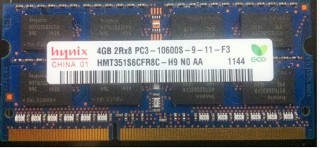

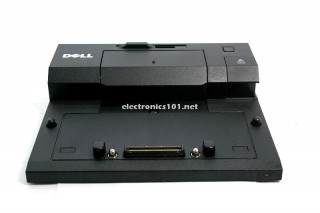
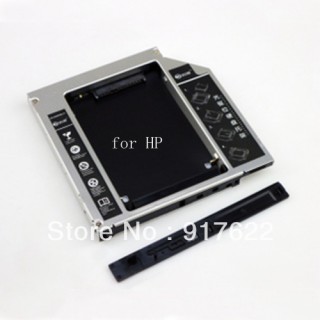
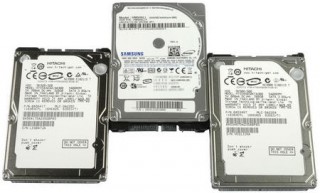
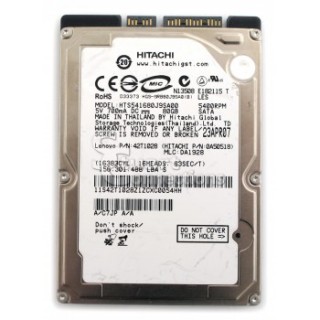
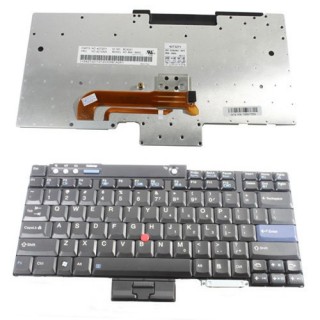
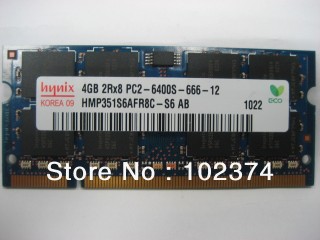
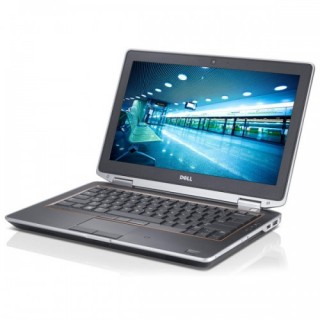


Gửi bình luận của bạn